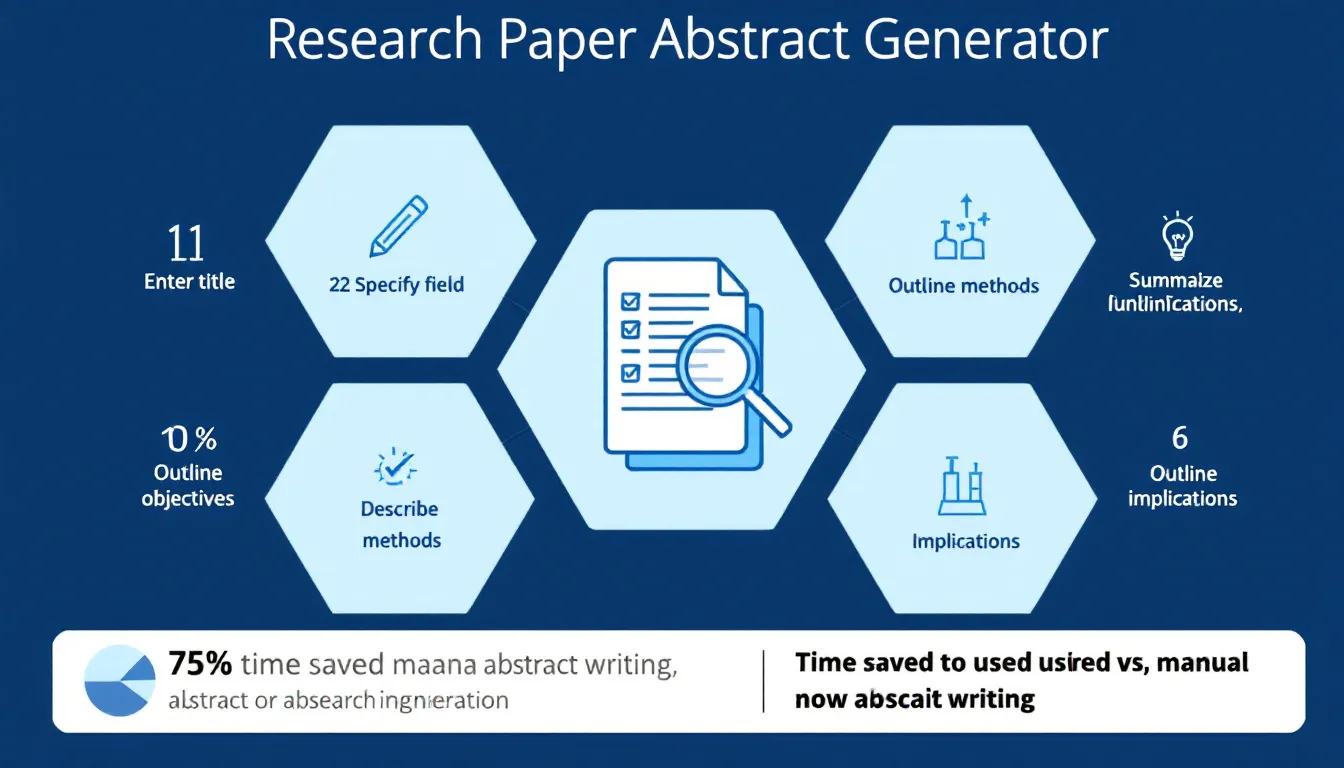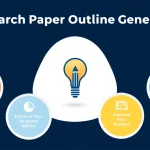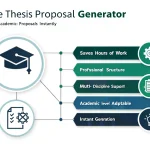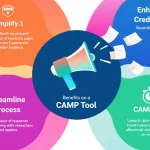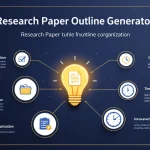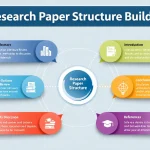Generating abstract...
Is this tool helpful?
How to Use the Research Paper Abstract Generator Effectively
The Research Paper Abstract Generator helps you create clear, concise abstracts tailored to your academic work. Follow these steps to make the most of this tool:
- Enter your research paper title: Provide the complete title of your study. For example: “Advancements in Renewable Energy Storage Technologies” or “Analyzing the Effects of Social Media on Adolescent Mental Health”.
- Specify your academic field: Indicate your research discipline. Examples include “Sustainable Engineering” or “Clinical Psychology”.
- Outline the main objectives: Clearly state the primary goals of your research. For instance: “To evaluate the efficiency of novel battery materials for large-scale energy storage” or “To assess the correlation between social media usage and anxiety levels in teenagers”.
- Describe the methodologies: Detail your research methods and approaches. Examples include: “Laboratory experimentation, electrochemical analysis, and performance benchmarking” or “Longitudinal surveys, statistical regression models, and qualitative interviews”.
- Summarize key findings: Provide a brief summary of your critical results. For example: “Battery prototypes demonstrated a 20% increase in energy density compared to conventional models” or “Increased social media activity showed a significant association with higher anxiety scores”.
- Explain the implications: Describe the broader significance of your findings. Examples include: “These advances could accelerate the adoption of renewable energy solutions globally” or “Results highlight the need for mental health support targeting adolescent social media users”.
- Generate your abstract: After filling all fields, click “Generate Abstract” to create a polished summary of your research.
- Review and edit: Examine the generated abstract. Ensure it accurately reflects your work and makes your message clear.
- Copy and use: Use the copy function to transfer the abstract to your manuscript, grant proposal, or conference submission.
What Is the Research Paper Abstract Generator? Definition, Purpose, and Benefits
Definition and Purpose
A research paper abstract is a succinct summary that captures the essence of your study, usually between 150 and 300 words. It highlights your research’s purpose, methods, key results, and implications, helping readers quickly understand the core of your work without reading the full paper.
The Research Paper Abstract Generator automates the process of creating these summaries. By using your input on title, field, objectives, methods, findings, and implications, the tool crafts a coherent and well-structured abstract that meets academic standards.
Benefits of Using the Research Paper Abstract Generator
- Save time: Quickly generate a first draft, cutting down the time spent on composing abstracts.
- Maintain structure: Ensure your abstract covers all essential sections consistently.
- Enhance clarity and conciseness: Produce abstracts that communicate complex ideas in simple, precise language.
- Improve discoverability: Well-crafted abstracts increase your research’s visibility among scholars and databases.
- Facilitate accessibility: Clear language makes your research understandable across diverse audiences.
- Reduce writing barriers: Overcome difficulties linked to starting an abstract by providing a template and initial content.
- Learn effective abstract writing: Benefit from seeing key elements and logical flow demonstrated in your generated abstract.
Practical Applications of the Research Paper Abstract Generator
This abstract writing tool proves valuable across many academic scenarios, helping you present your research clearly and professionally.
1. Preparing Journal Article Abstracts
When submitting papers for publication, a precise and engaging abstract increases the chance of acceptance and readership.
Example: A renewable energy engineer uses the generator to summarize a study on lithium-ion battery enhancements. The final abstract highlights experimental methods and improved energy density metrics, making the paper more appealing to energy-focused journals.
2. Writing Conference Presentation Summaries
For conferences, abstracts help selection committees grasp your research’s importance and novelty quickly.
Example: A sociologist preparing a talk on urban migration patterns uses the tool to create a clear abstract emphasizing survey techniques and emerging demographic trends, increasing chances of acceptance.
3. Creating Thesis and Dissertation Abstracts
Graduate students benefit from distilling extensive research into concise abstracts for academic submission.
Example: A Ph.D. candidate in political science uses the tool to summarize complex policy analysis and survey data, capturing key insights in a succinct format.
4. Enhancing Research Grant Proposals
Strong abstracts highlight research goals and potential impacts, strengthening grant applications.
Example: An ecologist applies for funding to study wetland restoration, using the generator to clearly state objectives, methodologies, and expected conservation outcomes.
5. Summarizing Literature Reviews
When compiling literature reviews, abstracts help summarize thematic findings.
Example: A public health researcher uses the tool to generate an abstract for a review on smoking cessation therapies, outlining inclusion criteria and key comparative results.
6. Crafting Research Posters
Clear, concise abstracts attract attention to research posters in academic meetings.
Example: A materials scientist presents a poster on polymer composites, using the generator to produce an impactful summary of experimental results and applications.
Important Disclaimer
The calculations, results, and content provided by our tools are not guaranteed to be accurate, complete, or reliable. Users are responsible for verifying and interpreting the results. Our content and tools may contain errors, biases, or inconsistencies. Do not enter personal data, sensitive information, or personally identifiable information in our web forms or tools. Such data entry violates our terms of service and may result in unauthorized disclosure to third parties. We reserve the right to save inputs and outputs from our tools for the purposes of error debugging, bias identification, and performance improvement. External companies providing AI models used in our tools may also save and process data in accordance with their own policies. By using our tools, you consent to this data collection and processing. We reserve the right to limit the usage of our tools based on current usability factors.
